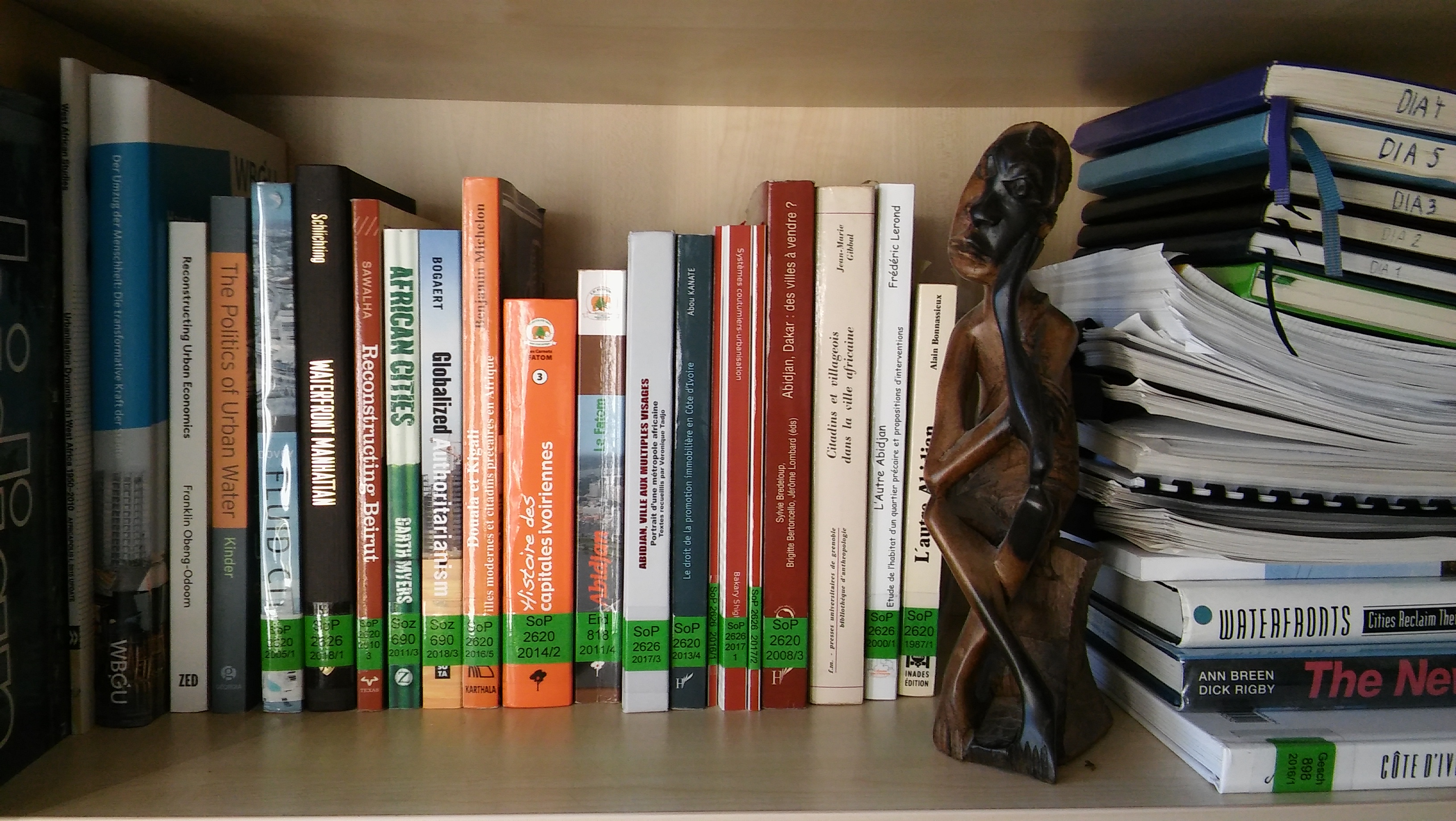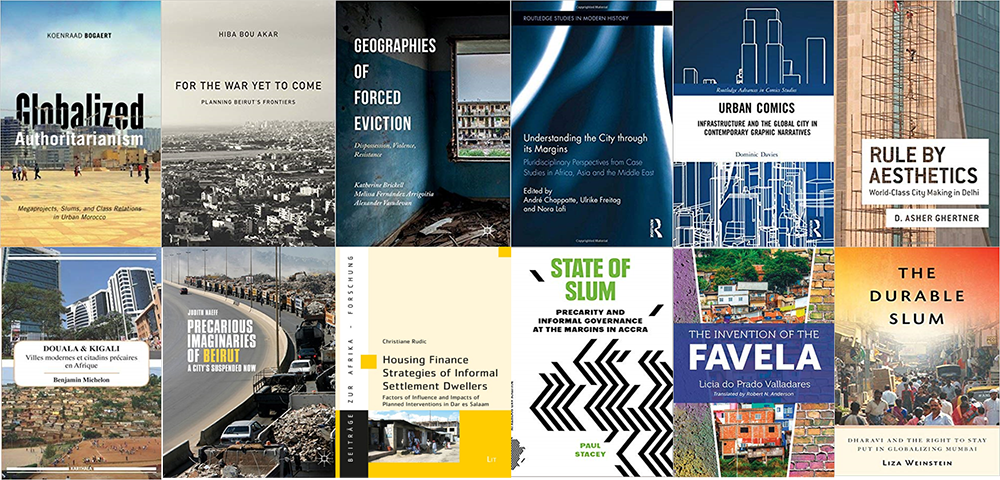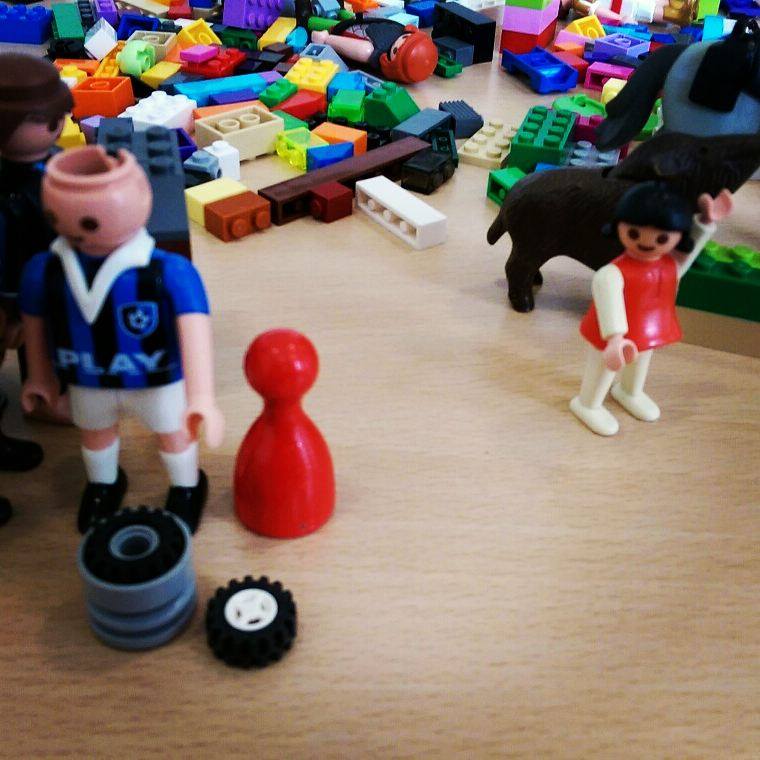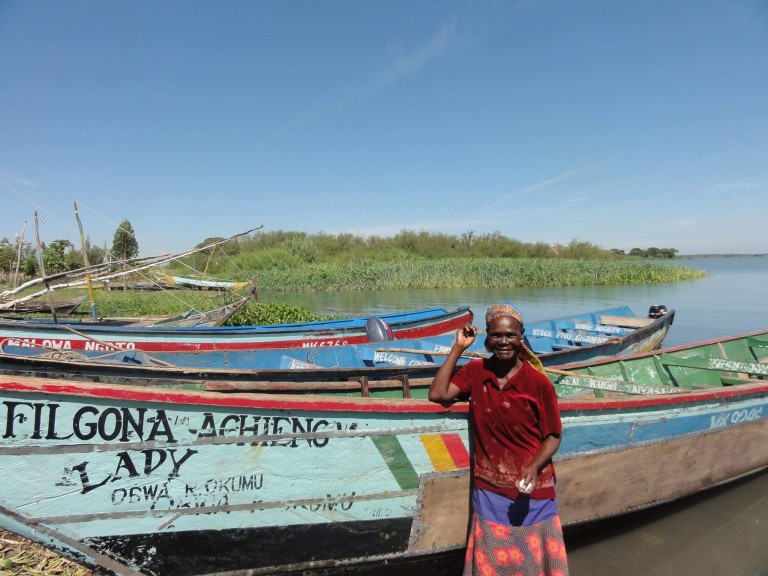Twelve months – twelve books. My 2019 reading list on cities
The new year comes with updated New Year resolutions. And the question whether I have really fully read all the books from my previous 2018 reading list? Well… almost :-). My training and learning curve of 2018 rose steeply due to inspiring readings, exiting conference panels, and field research in Abidjan [Website].
In summer I enjoyed staying a few days at Stockholm´s new sustainable waterfront quarter Hammarby Sjöstad. And by the end of the year I had the opportunity to travel to Beirut and fall for the city. While other tourists were reading travel guides, I dove into urban studies about these places. Interesting! And I have reactivated my sketching skills – again accompanied by readings about observational sketching and graphic anthropology as research methods.
Another highlight of 2018 was the first “ZEF in the City” workshop of our ZEF department where junior and senior researchers took time to read, listen and discuss our own studies. And yes, one can tell that expertise in everyday urbanism, creativity, urban citizenship, activism and the governance of informality is steadily growing. ZEF colleagues produce fascinating and relevant studies in Mumbai, Jaipur, Bandung, Brasilia, Islamabad, Abidjan and Madrid. Two new projects have started in Monrovia and Tegucigalpa, the capital of Honduras with more than 9 million inhabitants (have I mentioned my learning curve?).
The selection of readings for 2019 is mainly based on case studies which explore housing for the poor, the internal organization of informal settlements, forced evictions, post-conflict cities, the strive for world class cities, as well as the graphic representation of cities. In 2019, an important Brazilian book will be finally available in English: The invention of the Favela (first published in Portuguese in 2005).
- Bogaert, K. 2018. Globalized authoritarianism. Megaprojects, slums and class relations in urban Morocco. Minneapolis: University of Minnesota Press.
- Bou Akar, H. 2018. For the war yet to come. Planning Beirut´s frontiers. Stanford: Stanford UP.
- Brickell, K., Fernandez Arrigoita, and A. Vasudevan (eds.) 2017. Geographies of forced eviction. Dispossession, violence, resistance. London: Palgrave McMillan.
- Chapatte, A., U. Freitag, and N. Lafi (eds.) 2017. Understanding the city through its margins. Pluridisciplinary perspectives from case studies in Africa, Asia and the Middle East. London/ New York: Routledge.
- Davies, D. 2019. Urban Comics: Infrastructure and the global city in contemporary graphic narrative. London/ New York: Routledge.
- Ghertner, D. A. 2015. Rule by aesthetics. World-class city making in Delhi. Oxford: Oxford UP.
- Michelon, B. 2016. Douala & Kigali. Villes modernes et citadins précaires en Afrique. Paris:
- Naeff, J. 2018. Precarious imaginaries of Beirut: A city’s suspended now. New York: Palgrave Macmillan.
- Rudic, C. 2017. Housing finance strategies of informal settlement dwellers. Factors of influence and the impacts of planned interventions in Dar es Salaam. Lit: Münster.
- Stacey, P. 2018. State of slums. Precarity and informal governance at the margins of Accra. London/ New York: Zed Books.
- Valladares, L. do Prado. 2019. The invention of the Favela. Chapel Hill: University of North Carolina Press.
- Weinstein, L. 2014. The Durable Slum: Dharavi and the right to stay put in globalizing Mumbai. Minneapolis: University of Minnesota Press.







